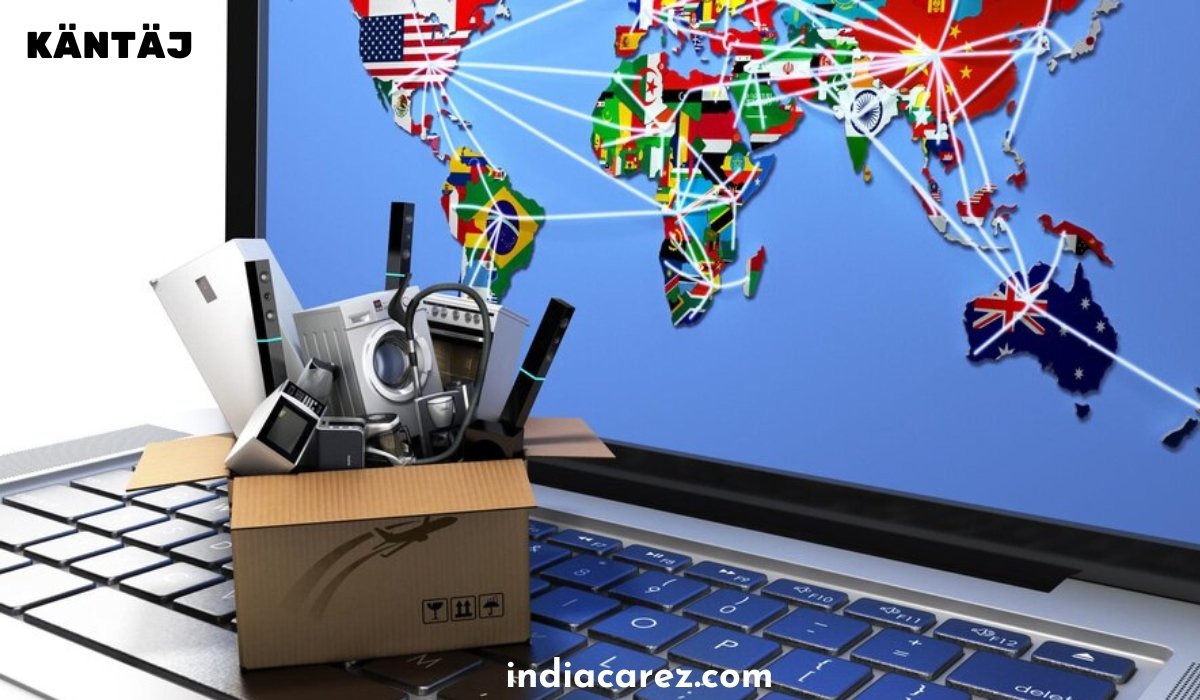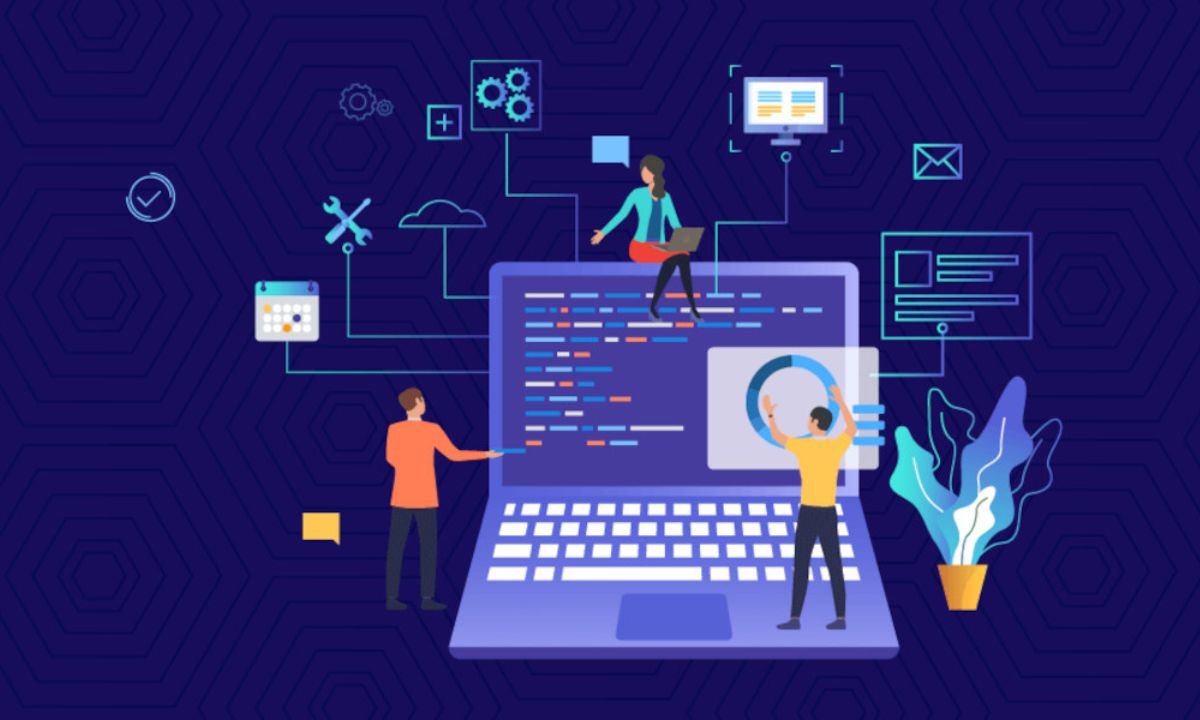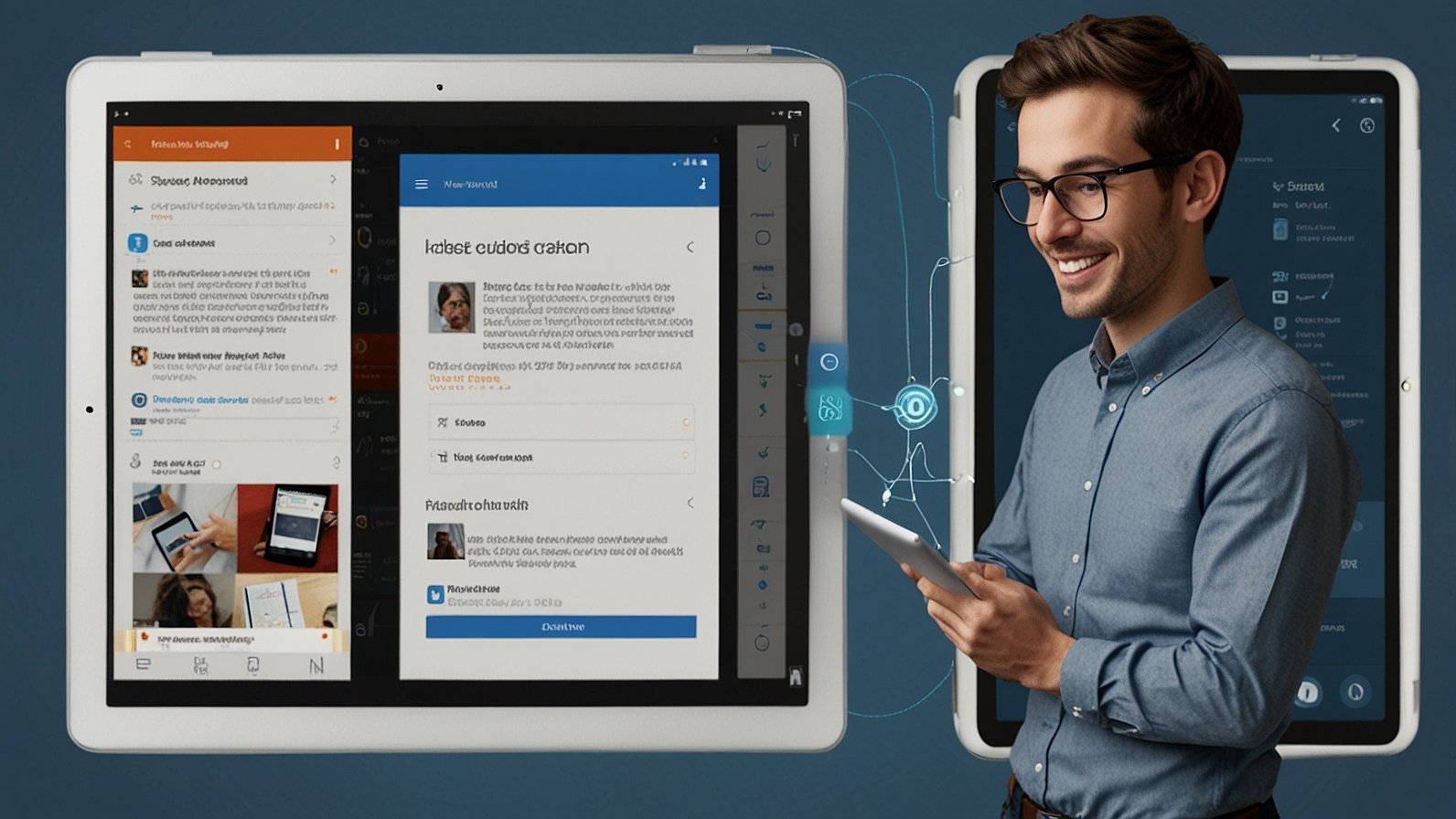In the age of globalization, businesses are continuously looking for new methods to engage with their customers. One of the most difficult obstacles they confront is overcoming linguistic hurdles. With the introduction of modern technology, AI-powered video translators have emerged as game-changing answers to this challenge. These solutions make communication easier and increase client engagement by offering a personalized and immersive experience. In this blog post, we’ll look into how AI-powered video translators are altering consumer interactions and why businesses should incorporate them into their plans.
The Evolution of Customer Engagement
Customer interaction has long been a key component of effective business operations. Traditionally, businesses used face-to-face contacts, phone conversations, and emails to communicate with their consumers. However, the digital revolution has drastically changed the environment, bringing a slew of new channels for client connection, including social media, live chat, and video conferencing.
Despite these advances, one constant difficulty is linguistic difficulties. As organizations grow globally, they must connect with clients who speak multiple languages. This is where AI-powered video translators come into play, providing a solution that bridges linguistic divides and promotes deeper conversations.
Understanding AI-Powered Video Translators
AI-powered video translators use artificial intelligence and machine learning algorithms to translate spoken languages in real-time during video chats or recordings. These systems can recognize and understand various languages, delivering fast translations and subtitles. Compared to traditional translation services, which may be time-consuming and expensive, AI video translators provide a more efficient and cost-effective solution.
An AI-powered video translator includes several critical components:
Speech Recognition: This technology captures and turns spoken language into text.
Natural Language Processing (NLP): NLP algorithms examine and comprehend the context and intricacies of spoken language.
Translation Engine: This component converts the text to the desired language.
Speech Synthesis: The translated text is returned to speech, resulting in a smooth audio translation.
AI-powered video translators that include these components can provide accurate and contextually appropriate translations in real-time.
Improving Customer Engagement With AI-Powered Video Translators
Breaking Language Barriers
One of the most significant advantages of AI-powered video translators is the capacity to overcome language boundaries. In a globalized market, firms frequently have to communicate with clients who speak different languages. AI video translators offer real-time communication, ensuring that language barriers do not disrupt client encounters. This functionality is especially useful in customer service, where rapid and precise communication is critical.
Personalized Customer Experience
Personalization is an important driver of client engagement. AI-powered video translators enable businesses to provide personalized experiences by connecting with clients in their local language. This not only makes customers feel cherished, but it also builds trust and loyalty to the business. For example, a consumer in France can obtain assistance in French, whilst a customer in Japan can communicate with the company in Japanese. This level of personalization can greatly improve the entire consumer experience.
Increased accessibility
AI-powered video translators enable firms to reach a larger audience. Businesses that offer multilingual help can cater to customers from a variety of language backgrounds. This inclusiveness can lead to higher consumer satisfaction and a wider market reach. For example, an e-commerce site can employ AI video translators to provide product demonstrations and lessons in several languages, making their services more accessible to a global audience.
Improved Customer Service
Customer assistance is a vital component of customer engagement. AI-powered video translators can transform customer service by providing real-time, multilingual communications. Support agents may communicate with customers in their preferred language, addressing problems more efficiently and effectively. This can result in improved consumer satisfaction rates and increased brand loyalty. Furthermore, AI video translators can help organizations save money by reducing the requirement for multilingual support staff.
Enhanced marketing campaigns
Marketing campaigns are most effective when they connect with their intended audience. AI-powered video translators enable firms to develop multilingual marketing content for a worldwide audience. Whether it’s video commercials, social media material, or product demos, AI video translators ensure that the information is communicated correctly and successfully in different languages. This can lead to more engagement and greater conversion rates.
Real-time Feedback and Analytics
AI-powered video interpreters can also provide vital information about client encounters. Conversations and translations can help businesses obtain a better knowledge of their customer’s requirements, preferences, and trouble issues. This data can be used to enhance products, services, and the entire consumer experience. Businesses, for example, might recognize common challenges that clients have across areas and customize their services accordingly.
Building Stronger Relationships
Effective communication is the foundation of successful customer relationships. AI-powered video translators allow for more clear and meaningful communications, assisting businesses in developing and maintaining strong customer relationships. Businesses that handle language obstacles can ensure that their consumers feel heard and understood, resulting in enhanced loyalty and long-term engagement.
Implementing AI-Powered Video Translators
Integrating AI-powered video translators into a company’s processes necessitates meticulous design and implementation. Here are a few steps to consider:
Identify the Need: Evaluate the key areas of your organization where language limitations are limiting client involvement. This could include customer service, marketing, or sales.
Choose the Right Solution: Investigate and choose an AI-powered video translator that suits your company’s requirements. Consider variables such as language coverage, accuracy, usability, and cost.
Train your team: Make sure your crew is trained to use the AI video translator properly. This includes understanding how to start translations, troubleshoot problems, and make the best use of the tool’s features.
Integrate with Existing Systems: The AI-powered video translator will seamlessly integrate with your existing communication and support systems. This will provide a seamless transition and a consistent client experience.
Monitor and Optimise: Constantly assess the performance of the AI video translator and solicit input from consumers and employees. Use this input to make any necessary changes and improve the tool’s efficacy.
Future of AI-Powered Video Translators
As artificial intelligence and machine learning technology advance, the capabilities of AI-powered video translators are projected to improve. Future breakthroughs could include:
Enhanced Accuracy: Continuous developments in NLP and machine learning algorithms will result in more accurate and contextually relevant translations.
Expanded Language Support: AI video translators will support a wider range of languages, making them even more useful for worldwide businesses.
Integration with Augmented Reality (AR): Integrating AI-powered video translators with Augmented Reality (AR) technology can result in immersive and interactive customer experiences.
Voice Modulation: Advanced voice modulation technology will allow AI video translators to emulate the speaker’s tone and emotion, creating a more authentic and engaging user experience.
Improved Accessibility Elements: AI-powered video translators will include elements that improve accessibility for people with disabilities, expanding their reach and effect.
YOU MAY ALSO LIKE: Navigating Data with Precision: A Deep Dive into Rownavigator.com
Conclusion
AI-powered video translators are transforming how businesses interact with their customers. These solutions improve client interaction in new ways by removing language barriers, creating personalized experiences, and improving accessibility. As technology advances, the potential of AI video translators will increase, providing even more options for businesses to interact with their worldwide audience.
For organizations aiming to remain competitive in a global market, incorporating AI-powered video translators into their customer interaction initiatives is a prudent investment. By doing so, companies can ensure that language barriers do not prevent them from developing strong, meaningful relationships with their customers, which will drive growth and success.










